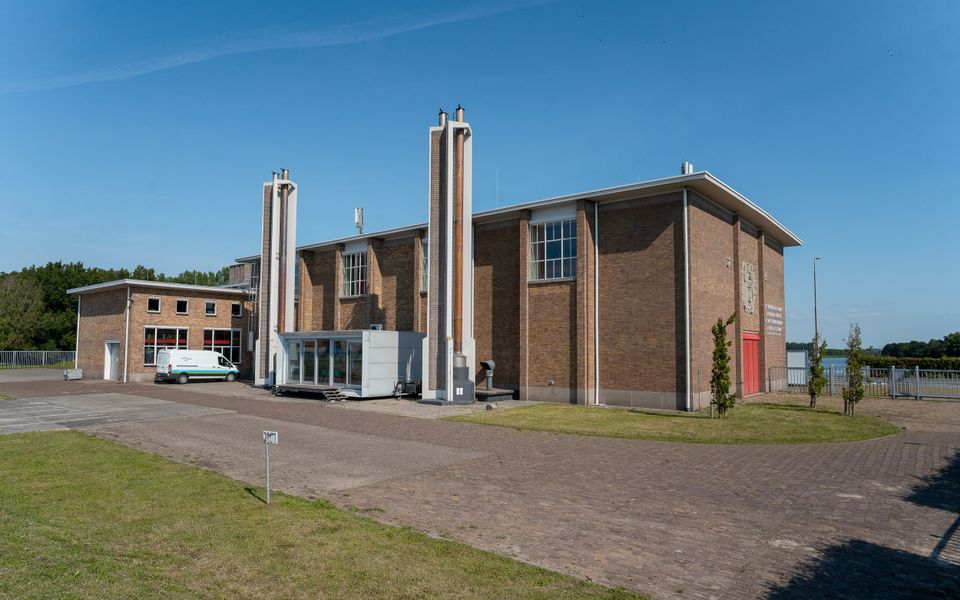The Wortman pumping station

The Wortman pumping station started work on draining East Flevopolder in November 1956. When combined with the Lovink (Harderwijk) and Colijn (Ketelhaven) pumping stations, the three installations succeeded in their task inside nine months.
The Wortman pumping station is named after civil engineer Dr. H. Wortman (1859-1939), a significant figure in the Zuiderzee project. Wortman was also a member of the so-called Budget Committee (1913), Director-General of the Zuiderzee project (1919-1929) and later a member and eventually Chairman of the Zuiderzee Council.
Relief on the pumping station
The relief by Prof. Paul Grégoire from Amsterdam on the …
The Wortman pumping station started work on draining East Flevopolder in November 1956. When combined with the Lovink (Harderwijk) and Colijn (Ketelhaven) pumping stations, the three installations succeeded in their task inside nine months.
The Wortman pumping station is named after civil engineer Dr. H. Wortman (1859-1939), a significant figure in the Zuiderzee project. Wortman was also a member of the so-called Budget Committee (1913), Director-General of the Zuiderzee project (1919-1929) and later a member and eventually Chairman of the Zuiderzee Council.
Relief on the pumping station
The relief by Prof. Paul Grégoire from Amsterdam on the south-west façade of the pumping station has an image of three figures: to the left is a woman (the sea) who is handing over a child (the young land) to a strong man, who will work and live on the new land. The composition is flanked by symbols such as fish, sea aster, shell and beaver.
Mural
The interior side of the wall features a mural by Hans van Norden from Amsterdam. The painting depicts the sea on the left and the new land on the right, with the flag flying high.
“Through-traffic rages past
Pedestrians cross
Water passes underneath
The pump regulates all streams”